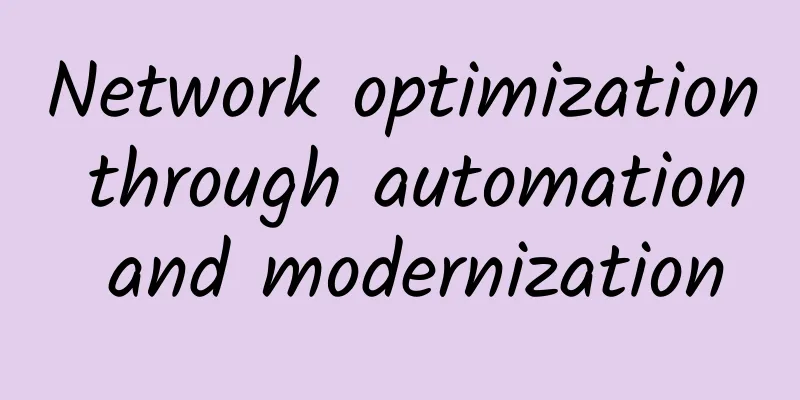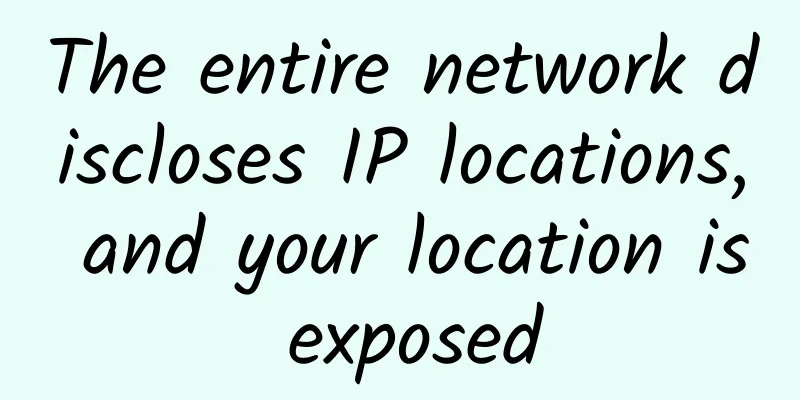Network optimization through automation and modernization

|
Network infrastructure is expanding to multiple cloud platforms. While cloud computing promises ease of use and appears to be gaining popularity among developers, engineers, and companies, migrating to the cloud is not a simple matter. The challenge of expanding to multiple cloud platforms is how to manage cloud-based network infrastructure and services in sync with an enterprise's existing on-premises equipment. As a result, it is becoming increasingly difficult to ensure that every network device and service in today's network and cloud infrastructure is compliant - causing parts of the network to deviate from accepted standards. To effectively face and manage their growing networks, enterprises should evaluate whether their current network configuration and compliance management tools and processes are preventing them from achieving true network optimization. Network teams must ask themselves what will ultimately cost the enterprise more, maintaining existing strategies and initiatives and risking potential security threats/outages, or moving toward comprehensive network automation and modernization. Network teams should consider the following questions to help determine if it’s time to take a new, modern approach to automating their organization’s network configuration and compliance management.
How to back up configuration files?As more enterprises move to the cloud, traditional network configuration and change management (NCCM) solutions are unable to automatically back up modern network devices and services that use application programming interfaces (APIs) rather than command line interfaces (CLIs). This forces network teams to manually back up files, which is not scalable. It leaves gaps in backup coverage. And it is very costly in the long run. This leads to unnecessary and prolonged network outages. If network teams find themselves in this situation, modernization and automation may be the only solution that has an impact. How to confirm compliance?To determine if the network is compliant, a series of configuration checks must be run regularly on each device in the network, and the results must be reported back to the team so that the issues can be remediated. Without automation, this can be a real challenge for enterprises, as they manage a large number of devices and these checks need to be run frequently. Is it necessary to manually remediate configuration changes on non-compliant devices?When compliance checks detect that a device is noncompliant, it is important to remediate the changes as quickly and safely as possible. Manually remediating every configuration on every noncompliant device is simply too time-consuming and error-prone. Network teams can use automation tools throughout the organization to ensure changes and updates are made effectively and efficiently. How can compliance reporting help network teams prevent outages?Network teams can gain valuable insight by reviewing compliance reports over time. These reports can reveal details about areas of the network that have historically been problematic or identify issues that may become problems in the future, enabling network teams to resolve these issues before they become outages. A network must be modernized so that compliance reports are readily available as issues arise. How do I roll back configuration changes?The ability to intelligently roll back to a previous configuration on a network device is a must-have tool for every network practitioner. Rollbacks can be used for lab testing, troubleshooting, or to quickly recover from a network outage. However, time is wasted if the network team has to review a backed-up configuration file and then make manual changes to the device. This is an inefficient way to roll back configuration changes when automation can have an immediate effect. Does the team have to rotate between multiple systems and sources?When someone on the network team needs to review a previous configuration file, it's critical that they can find the information quickly. People always have a pressing need for information, whether it's because they need to reference a feature from the past to fix a problem that's happening now, or because they need to determine what changes were made recently that may have caused a problem. The network team doesn't have the time to wade through dozens of files and folders, possibly in different systems, looking for that needle in a haystack. They need a solution that automates the configuration backup process and organizes them so that the network team can find what they're looking for immediately. As the rate of network change increases, it becomes more difficult to maintain regular maintenance of the network, as it can detect if changes have been made to the network that put it out of compliance with standards. This maintenance process should also provide the ability to validate proposed network configuration changes before applying them, ensuring that the network never strays from defined standards. The answers to the above questions will give us a clear idea of whether it is time for network teams to start modernizing and automating their networks, especially if they find that these standards are not being met. |
<<: Four Best Practices for Network Cable Management
>>: The future of 5G and IoT in smart cities
Recommend
Kuroit: £3/month-1GB/15G NVMe/1TB@10Gbps/Ashburner data center
Kuroit is currently promoting its Ashburn data ce...
5G CPE replaces fiber-to-the-home, and demand is booming in Europe, America and rural areas
2019 is known as the first year of 5G. In fact, s...
5G technology has a long way to go, but power consumption and cost issues alone are enough to hinder it
5G is getting closer, but it won’t be everywhere,...
How to choose an application performance management tool? Master four basic principles
Imagine going to the doctor for a sore throat. Th...
RAKsmart: US servers start at $46/month, Hong Kong/Korea E5 servers start at $99/month, cluster servers 258IP monthly payment starts at $153
Earlier this month, we shared RAKsmart's VPS ...
The three major players in the domestic CDN market are competing against each other, and differentiation may be the key to success
With the popularization and development of the In...
RAKsmart's year-end discount upgrade, G-port unlimited servers reduced to $99 per month, San Jose servers sold at $30 per month
A few days ago, RAKsmart released a notice of yea...
To ensure the healthy development of 5G, we must start with the standardization of business data release
On the eve of the Spring Festival, the Ministry o...
How to secure your SDN controller
Managing networks has become increasingly complex...
Privileged Access Management: The Future of Cyber Resilience
Attacks against critical infrastructure and gover...
Juniper Networks' "Survival of the Fittest" in the Cloud Era
"Survival of the fittest" is one of the...
Tencent held the second Service Innovation Conference to implement the concept of "Service-oriented, Technology for Good"
On December 7, the second SICC Service Innovation...
Eleven things to note when using natural cooling technology in data centers
The Green Grid, a non-profit organization dedicat...
Operators sound the charge for 5G terminals: With the "double clamp", the proportion of 5G mobile phones has increased significantly
2020 is the starting point for the substantial de...
8 ways businesses are using technology and tools for remote meetings
Participating in remote meetings can also be a pa...









